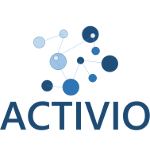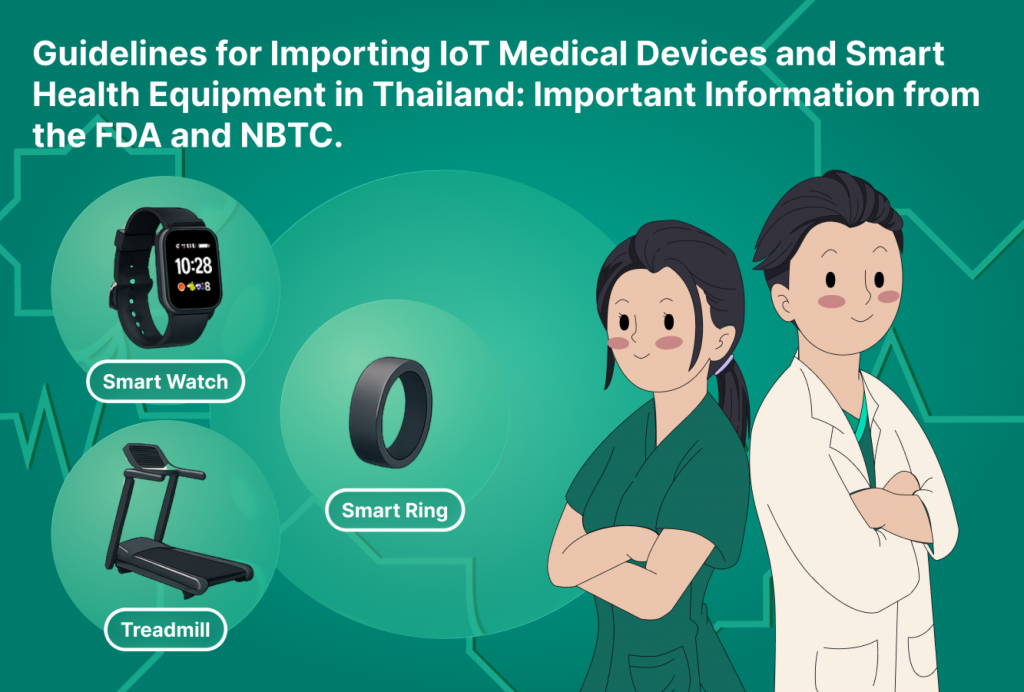
As technology becomes increasingly integrated into our daily lives, the Internet of Things (IoT) is expanding from lifestyle gadgets to healthcare applications. Smart devices such as smartwatches, health rings, and even treadmills with advanced vital-sign monitoring capabilities are playing a greater role in personal health management. However, these developments also bring regulatory challenges—particularly for importers in Thailand.
This article outlines comprehensive guidance on the regulatory requirements and procedures from two key authorities: the Thai Food and Drug Administration (FDA) and the National Broadcasting and Telecommunications Commission (NBTC). The aim is to help ensure that the importation of health-focused IoT devices complies with Thai law and operates efficiently.
Section 1: Health-Focused IoT Devices—From Lifestyle to Medical Use
Understanding the difference between general wellness devices and medical devices is the first step in determining import requirements. The distinction is largely based on the “intended use” as defined by the manufacturer.
1.1 Definitions and Classifications
- Wellness Devices
- Purpose: To monitor health indicators for lifestyle improvement, such as step counting, calorie tracking, sleep monitoring, and basic heart rate tracking for fitness.
- Legal Status: Generally not considered medical devices; registration with the FDA is not required. However, if they include wireless functions, NBTC regulations still apply.
- Medical Devices
- Purpose: Clearly intended for diagnosing, monitoring, treating, alleviating, curing, or preventing diseases or physical conditions. Also includes providing data for medical decisions, e.g., ECG monitoring or clinical blood pressure measurement.
- Legal Status: Classified as medical devices under Thailand’s Medical Device Act (B.E. 2551 and its amendments). Must be registered with the FDA. Wireless-capable devices must also meet NBTC standards.
1.2 Case Studies of Health IoT Devices
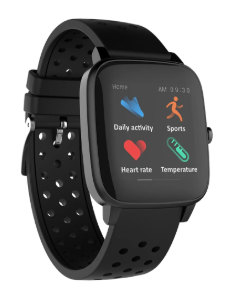
1.2.1 Smart Watch:
- General: Features like step tracking, basic heart rate monitoring, and sleep tracking are typically considered wellness functions.
- Medical: Models with certified medical features such as ECG, blood pressure monitoring, or SpO₂ measurement—intended for diagnosis—are classified as medical devices.
- Note: Medical claims in advertising are a key indicator.
1.2.2 Treadmills with Heart Rate Monitoring
- General Use: Devices that show heart rate during workouts fall under sports equipment standards and are considered wellness devices.
- Medical Use: If designed for Exercise Stress Tests (EST) under medical supervision, the treadmill may be considered a medical device or part of one.
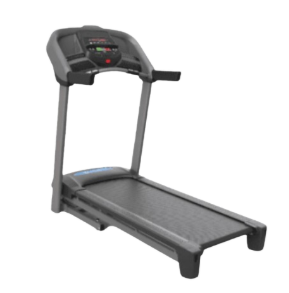
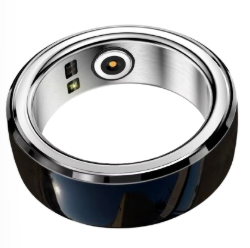
1.2.3 Smart Health Rings
- General Use: Track activity, sleep, temperature, stress, or basic heart rate for lifestyle purposes; classified as wellness devices.
- Medical Use: If intended and certified for diagnosing specific medical conditions (e.g., arrhythmia, sleep apnea), and supported by scientific data and regulatory approvals, may be considered medical devices.
Section 2: Two Key Regulatory Bodies – FDA and NBTC
Importers of IoT health devices must understand the roles of the two main regulatory bodies in Thailand:
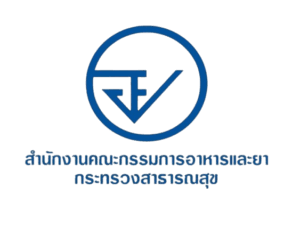
2.1 Thai Food and Drug Administration (FDA) – Medical Device Oversight
- Authority: Regulates health products, including medical devices, to ensure safety and quality.
- Classification System: Devices are categorized by risk (Class 1–4), which determines the type of registration or licensing required.
- Import/Registration Process: Importers must apply for licenses and submit documents demonstrating the device’s quality, safety, and efficacy.
- Advertising Regulations: All medical device advertising must be approved by the FDA and must not be misleading or exceed the approved claims.
2.2 National Broadcasting and Telecommunications Commission (NBTC) – Wireless Device Oversight
- Authority: Regulates the use of radio frequencies and telecommunications to avoid interference and ensure safety.
- Applies to: Nearly all IoT devices with wireless functions (e.g., Bluetooth, Wi-Fi, 4G/5G) are classified as telecommunications equipment.
- Certification Types:
- Class A (Registration): Requires lab testing approved by NBTC.
- Class B (Certification): Can accept trusted international test results (e.g., CE, FCC).
- SDoC (Supplier’s Declaration of Conformity): For low-risk devices using standard frequencies (e.g., Bluetooth).
- Telecom Operator License: Importers must hold a telecom business license to import such devices commercially.

Section 3: Required Documentation for Importation
Proper documentation is critical for a smooth import process.
3.1 FDA Documentation (Medical Devices Only)
- Required Documentation for Application Submission
- Company Information: Import/manufacture license, facility certifications
- Product Information: Trade name, model, manufacturer details
- Technical File:
- Intended use, operating principles, product images, labeling
- Applicable design and manufacturing standards (e.g., ISO 13485)
- Test reports (safety, EMC, biocompatibility)
- Clinical trial data (if needed)
- Materials and quality certificates (e.g., CE mark, FDA approval)
- Process: Submission, document review, potential sample testing (for Class A/B), certification issuance
- Timeline: Depends on the type and complexity of the medical device
3.2 NBTC Documentation (All Wireless Devices)
- Required Documentation for Application Submission
- Application Form
- Telecommunications Business License.
- Technical Specification
- Test reports from laboratories recognized by the NBTC (or international standards accepted by the NBTC), including:
- Frequency Band testing results
- Output Power
- EMC: Electro-Magnetic Compatibility
- SAR: Specific Absorption Rate for wearable devices
- Product Images and Block Diagram
- User Manuals and Manufacturer Certificates
- Process: Submission, document review, potential sample testing (for Class A/B), certification issuance
- Labeling: Certified devices must bear the NBTC label with the corresponding license number
Section 4: Preparing for Import – Keys to a Smooth Process
To reduce delays and ensure compliance, importers should:
4.1 Study Relevant Laws and Standards
- Keep updated with the latest FDA and NBTC regulations.
- Confirm if your product meets local standards and whether it’s classified as a medical device.
4.2 Consult Experts
- Work with regulatory consultants specializing in medical and telecom device approvals.
- Foreign importers should appoint a local representative with valid licenses from both authorities.
4.3 Prepare Accurate Documentation
- Gather complete technical files and test reports.
- Review all documents for accuracy before submission.
4.4 Plan the Importation Process
- Consider import duties, license application fees, and overall processing timelines.
- Coordinate with overseas manufacturers to gather necessary documents promptly.
Conclusion and Additional Recommendations
Importing IoT medical and smart health devices into Thailand involves navigating a complex regulatory environment. Complying with the requirements of both the FDA and NBTC not only ensures smooth business operations but also guarantees product quality and safety for Thai consumers. Thorough preparation, detailed understanding of regulations, and expert consultation are key to successful importation.
Recommendations
- Stay Informed: Regulatory updates occur regularly—monitor announcements from the FDA and NBTC.
- Contact Authorities: If unsure about device classification or processes, reach out directly to FDA or NBTC officials for guidance.
